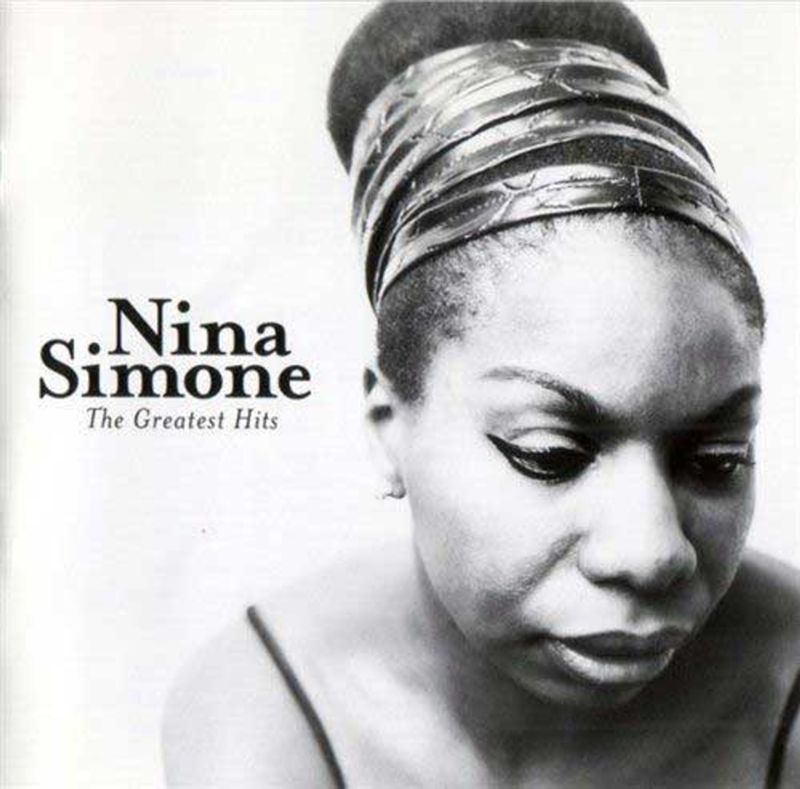On this day in 1958, the very first "Flying V" guitar shipped from the Gibson factory in Kalamazoo, Mich. The guitar's distinct body — shaped, as the name suggest, like a "V," and made almost to look like it had aerodynamic qualities — was initially the instrument's downfall. In its first two years available, the pointy axe was a flop; according to Gibson's website and author Larry Meiners' book Flying "V": The Illustrated History of This Modernistic Guitar, fewer that 100 total Flying Vs were ordered in ’58 and ’59.
But the odd design was also a draw for at least some musicians. For Blues players Albert King and Lonnie Mack (who, according to Gibson, is said to have purchased his first at Glenn Hughes Music in Cincinnati), the unique aesthetic of the guitar became a part of their image. In the ’60s, the aesthetic suddenly seemed less flashy to Rock guitar gods like Jimi Hendrix, and demand caused Gibson to begin producing the instrument once again in 1967 (Jimi had one immediately). In the ’70s, the guitar's appeal was enough to keep it in production, as everyone from Marc Bolan (T Rex) to Billy Gibbons (ZZ Top) began to sling one.
By the ’80s, the Flying V became most identifiable with Metal, used prominently by Ozzy sidekick Randy Rhoads, dweedle-dweedle master Yngwie Malmsteen and players from Judas Priest, Metallica, Megadeth, Scorpions and a bazillion others.
Alternative and Modern Rock players also took to the the V — Bob Mould of Husker Du used his V quite a lot, while the guys in Weezer were perhaps the first to use them "ironically." The instrument's endurance is mostly due to the Flying V's appearance, making it more of a fashion accessory than a guitar specifically picked for its sound (though it was lighter than the usual guitar, at least initially).
Here are two clips showing the V in action, the first featuring Lonnie Mack and the second a music video by Jay Reatard, the late cult hero from Memphis.
Click the jump for "Born This Day" featuring video of Nina Simone's first time on national television, playing The Ed Sullivan Show in 1960.—-
Born This Day: Musical movers and shakers sharing a Feb. 21 birthday include Talking Heads guitarist/keyboardist Jerry Harrison (1949); Country/Folk singer/songwriter Mary Chapin Carpenter (1958); "toaster"/vocalist with early British Ska group The English Beat (and later General Public), "Ranking Roger" Charlery (1961); one of the more inventive Blues performers of the past decade or so, Corey Harris (1969); Welsh Classical and Pop vocalist Charlotte Church (1986) and stirring singer and song interpreter Eunice Waymon, way better known as Dr. Nina Simone (1933).
Simone's singular sound was Soul and Jazz-based with clear elements of Blues, Gospel and Folk, but it was her voice and arrangements that made her music stand out from her peers'. Simone's lower register, husky singing was androgynous and mysterious while arrangements of "I Put A Spell On You," "Here Comes the Sun" and the Bee Gees' "To Love Somebody" completely hijacked the songs and made them Simone's. The singer (also a major force in the Civil Rights movement) sounded ahead of her time in the ’50s, ’60s and ’70s; today, on what would have been her 79th birthday (she died in 2003), her music is still unparalleled. (The only one to come close — Antony Hegarty of Antony and the Johnsons.)
Nina's daughter is also a singer who goes by simply Simone. She's currently touring a tribute show in her mother's honor called "Simone on Simone." Nina's daughter also just launched an official website dedicated to preserving her mother's legacy, featuring new testimonials from the likes of Maya Angelou and tons of historical material.
Here's Nina's first time on national television, playing The Ed Sullivan Show in 1960.






